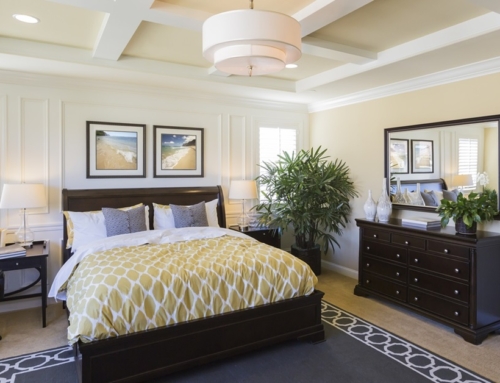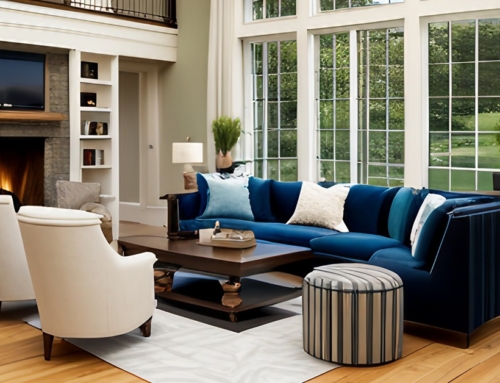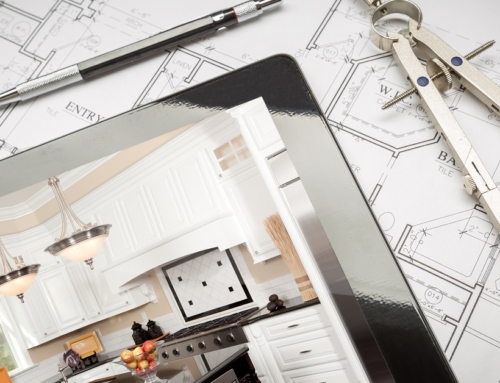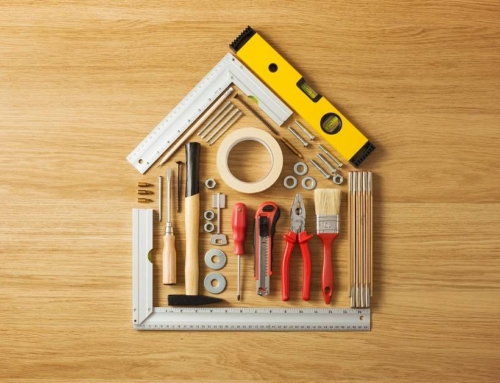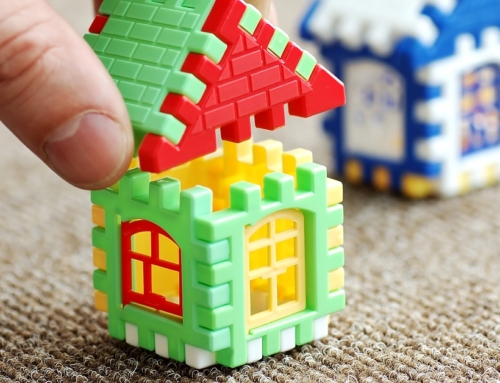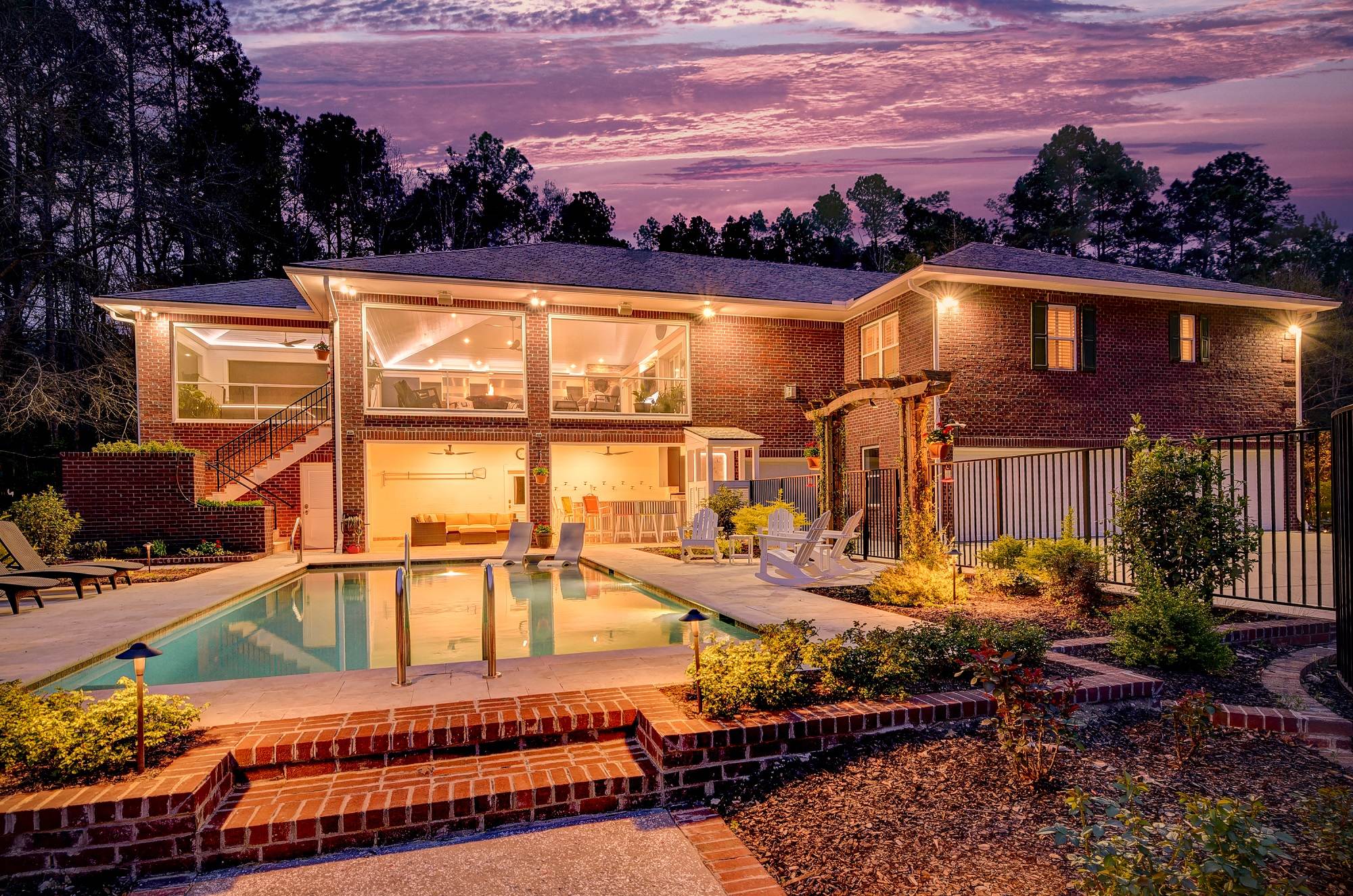Freedom is the feeling. When people set out to make their home in coastal Carolina – whether it is prompted by retirement, empty nesting, a career move, or the arrival of work-from-anywhere practices – a sense of freedom often plays an active part in the inspiration. The freedom of living here includes saying goodbye to extremes of winter, to the bustle and formality of big-city living, to strictures of schedule, and to the lost hours that come with a commute.
Fortunately, this sense of freedom extends in full to the styles of home that people buy and build in the Lowcountry. There are a lot of ways to be “right” here in the kind of home you select or the style you choose to build. Coastal style can include an infinite variety, and so sometimes it can be helpful to sort and simplify the options.
The Headings for Exploration
Traditional and contemporary are barely the beginning. Between those two points on a design spectrum, we see rich possibilities in a field we call transitional, which may include elements of both. More and more, a fourth set of possibilities is emerging. Cosmopolitan is the term we use to describe the eclectic, aware, informed results of the millennial generation’s impact on homes and their design.
Each style is grounded in the experience and world view of the people who find the style comfortable. As a result, each style can be considered equally authentic to the Lowcountry, because they respond to the preferences of the people who call this home.
Wisdom that Lasts
Traditional home styles draw directly from the heritage of the homes that came before us, and their comforts can be said to stem from wisdom. The traditional coastal home here reflects practical adaptations that still make sense. Traditional homes typically are elevated, allowing for the variations that come from alluvial soil and a high-water table.
The majestic stairways that approach the entrance surmount a space allowed for prevailing over high water. The porch on which you arrive can run the full width of the house, because the porch or veranda or piazza of a coastal home was the hot-weather extension of the living room. First-floor windows sometime extend to the floor and double as secondary doorways for indoor-outdoor enjoyment. Soaring ceilings proved to be advantageous in the decades before central air conditioning.
Bringing Advantages to Use
Contemporary designs can be a wise choice in a unique way, in the Lowcountry, because they reflect and leverages the improvements made possible by technology. Perhaps most influential in this region was the advent of central air conditioning systems. Central air rendered many traditional design elements unnecessary and opened the door to greater freedom and a simpler sense of line in exteriors. In coastal homes, the indoor-outdoor connection did carry forward from traditional designs, yet with greater flexibility as to form. Porches became decks or patios, for example.
On the path between traditional and contemporary, the transitional home takes careful choices between the two palettes of possibility. In many cases, a mid-century modern influence is felt in exteriors and in the open plan of interiors, yet furnishings can include inherited pieces from any period. Populating a contemporary design with elements and artifacts of a different era can serve to warm and humanize, rather than water down the design, when managed with care and taste.
The Cosmopolitan View
Some of us are within living memory of ancestors who came from a different world, a world in which college education was the exception rather than the norm, such as when two-car families were only beginning to appear. The changes within our own lifetimes are even more comprehensive and arriving even more rapidly. One of those changes is in the design preferences of people who came of age in a global economy. Traditions and influences now come from every direction, and not only from Europe and from the past. The pace and 360-degree scope of today’s design influences result in an eclectic style we call cosmopolitan.
Clean lines and absence of clutter are the setting for this design. Beyond that, what appears can be practically anything. There is a leaning toward simplicity and functionality in the cosmopolitan style. And yet a bold statement here and there seems aptly placed, too.
Overall, there has never been greater opportunity to personalize your style, to choose and design and build or remodel the home of your very own dreams – while still carrying forward the authentic styles that have come to bespeak the sea islands.



